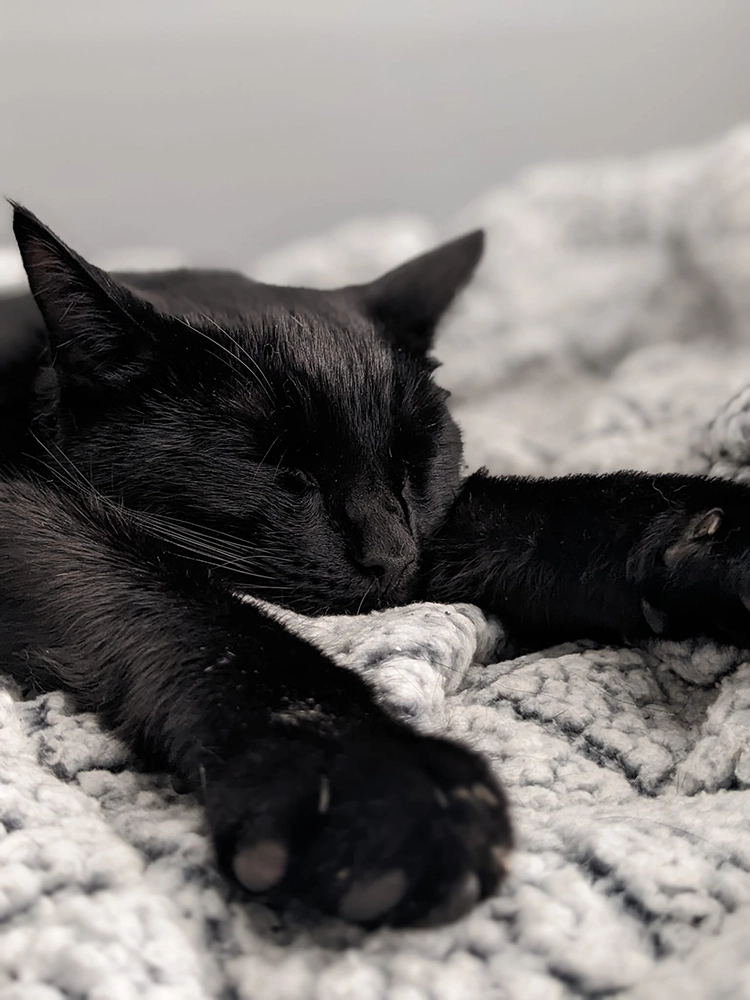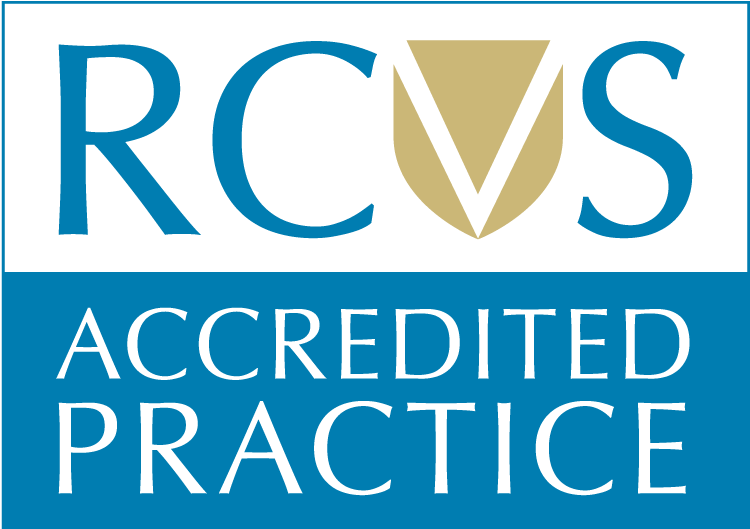Making Vet Visits Positive for You and Your Pet: Top tips for a more comfortable visit to the vets.

Regular vet visits and health checks are essential to ensure your pet stays happy and healthy. However, the experience can be stressful for some pets (and owners) due to unfamiliar sights, smells, sounds, people, and animals. Fortunately, we are a certified fear-free vet and there are several steps you can take to ensure a more comfortable and lower-stress visit to the vet clinic. Whether it’s your pet’s first visit or they’ve been before, keep reading for our essential advice on making the trip to see us as smooth as possible.
Pre-Appointment Preparation
Practice Gentle Handling:
Before the appointment, help your pet get used to the types of examinations they might encounter at their check up by practising gentle handling at home. Gently touch your pet’s paws, ears, and mouth, offering their favourite treats and plenty of praise to reinforce calm behaviour. This practice helps your pet associate handling with positive experiences. If your pet isn’t comfortable with this right away, that’s okay – take a break and try again another day at a slower pace.
Schedule Wisely:
If your pet is particularly nervous, consider speaking to our reception team about scheduling your appointment during quieter times. This can help reduce your pet’s stress levels and create a more relaxed environment for both of you.
Familiarise with the Carrier:
For small animals like cats, rabbits, and other small furries, a pet carrier is essential for safe transportation. However, many pets only see their carrier immediately before a vet visit, which can trigger anxiety. To alleviate this, leave the carrier open in a familiar place with soft bedding inside and encourage your pet to explore it at their own pace. Offer treats and meals inside the carrier and praise your pet when they enter willingly.
Use Pheromone Sprays:
Consider using pheromone sprays or diffusers designed to reduce stress in cats and dogs. These products release synthetic pheromones that mimic the calming scents pets produce naturally. Spraying a carrier, your pet, or the car before your visit can help create a more soothing environment. Feel free to speak to us about the pheromone diffusers we recommend for your pet.
Preparing for the Journey and Travel
Create a Calm Environment:
On the day of the appointment, keep your pet calm by minimising stressors at home. Avoid loud noises, sudden movements, or changes to their routine. Exercise or play with them before their visits to release excess energy and encourage them to use the toilet beforehand to prevent any accidents on the way.
Practice Car Rides:
Before heading to the vet, practise loading your pet into the carrier or car. Use treats and praise to reinforce calm behaviour. Repeat this process several times so your pet becomes accustomed to the routine. Start with short trips to get them used to the motion of the car, gradually increasing the duration of these trips while providing reassurance and rewards. If your pet does get sick or have accidents in the car, then, if possible, feed them well in advance of their appointment and avoid telling them off, as this will make them feel more anxious. When your pet associates the car with more than just vet visits, they will feel less anxious and stressed during travel.
At the Clinic
Social Visits:
Beyond necessary vet appointments, consider incorporating casual social visits into your routine. These relaxed stops allow your pet to familiarise themselves with the clinic’s environment without the pressure of examinations or procedures. Your pet can soak in the sights, sounds, and smells of the clinic, gradually associating them with neutral or even positive experiences. Plus, these visits offer a golden opportunity for the staff to bond with your furry friend, allowing them to trust us and reducing fear during future appointments. Be sure to bring their favourite treat or toy with you, in case they’re not keen on ours.
Obedience Training:
Investing time in teaching your pet basic obedience at home really helps when you visit the clinic. Commands like “sit” and “stay” help build a strong line of communication between you and your pet. This boosts their confidence and helps them feel more secure and in control, especially during stressful situations. With consistent practice in a familiar setting, you’ll notice your pet becoming more willing to cooperate during examinations, making the process smoother for everyone involved.
Waiting Area:
Informing the reception that you’re waiting outside can further minimise anxiety if your pet prefers being away from the clinic. As we are a certified Fear Free vet, you can also opt for a quieter seating area away from bustling entrances, and for cats and small animals, ensure their carriers are covered and placed off the ground, offering them a comforting retreat. Bring along your pet’s favourite blanket, toy, or an item that smells like home. Visits to the veterinary practice can be less stressful for your pet if it includes an object with your pet’s own scent.
Professional Guidance:
If your pet experiences severe anxiety or behavioural issues related to travel or vet visits, don’t hesitate to seek professional guidance. Our vets can offer advice and recommend strategies to help manage your pet’s anxiety effectively. In some cases, behavioural training or medication may be necessary to address your pet’s needs.
Final Thoughts
Whether you have a cat, a dog, or a small furry friend, there are steps you can take to make vet visits less stressful for your pet. By acclimatising them to the carrier, practising handling and basic commands, and using positive reinforcement, you can help your pet feel more at ease during examinations and procedures. Remember to be patient and understanding, and always consult with your vet if you have any concerns about your pet’s behaviour or well-being. With a little extra care and attention, you can ensure that vet visits are a positive experience for both you and your furry friend. We look forward to seeing you and your pet soon!








